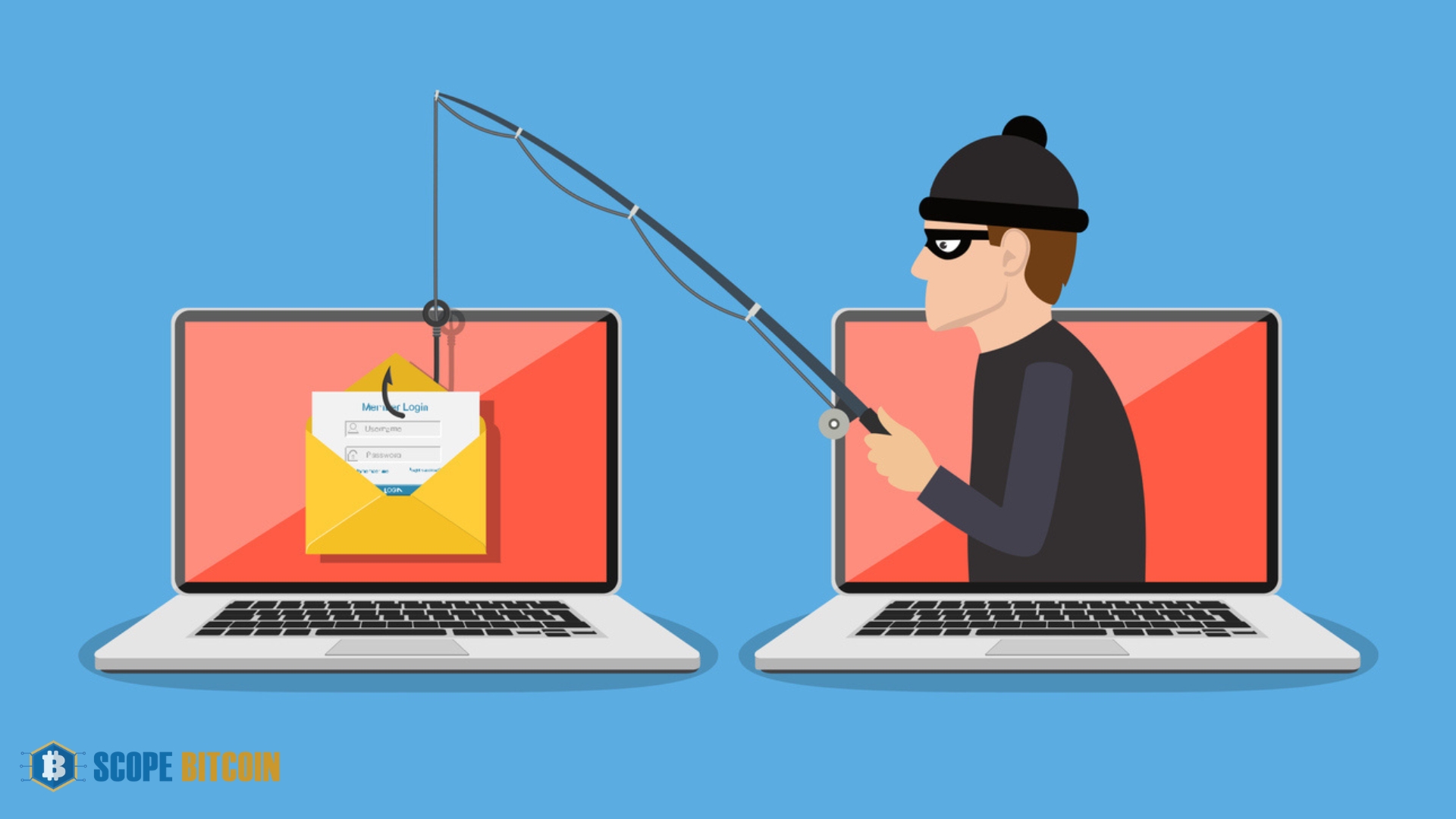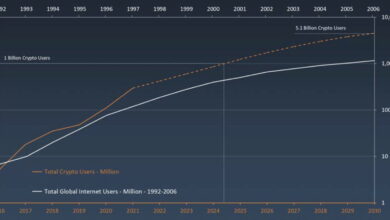
Hacking Bitcoin 101: Threats and Security Measures in 2024
The original cryptocurrency, Bitcoin, has existed since 2009 and has seen exponential development while facing new hurdles. The potential for hacking is a major worry regarding digital assets like Bitcoin. Hackers have become interested in cryptocurrency due to the large sums of money held in Bitcoin and similar platforms. This article aims to provide readers with an understanding of the main dangers of Hacking Bitcoin 101, the process of hacking, and the security steps that developers, exchanges, and users may take to prevent these assaults in the year 2024.
What Is Bitcoin Hacking?
Because it would take tremendous computing power and coordination to breach Bitcoin’s fundamental protocol or blockchain, the term “hacking Bitcoin” does not refer to that. The more common definition of hacking is the practice of stealing Bitcoin or compromising security by taking advantage of vulnerabilities in software, exchanges, wallets, or user behavior.
Numerous methods exist for hacking Bitcoin, such as:
- Exploiting vulnerabilities in exchanges or wallets: By finding weaknesses in these platforms, hackers can gain unauthorized access to users’ Bitcoin.
- Phishing attacks: Cybercriminals trick users into revealing sensitive information such as private keys, passwords, or recovery phrases.
- Ransomware attacks: Hackers install malicious software on a user’s system and demand Bitcoin in exchange for restoring access.
- Double-spending attacks: In some scenarios, a user might attempt to spend the same Bitcoin in two places, though this is rare and technically challenging.
- 51% attacks: If a group gains over 50% of the network’s mining hash rate, they could reverse transactions and double-spend coins.
Common Bitcoin Hacking Methods in 2024
While hacking methods have evolved, several techniques remain popular among cybercriminals looking to target Bitcoin users.
Exchange Hacks
Exchanges are among the most popular targets for hackers. By breaching security measures at a centralized exchange, attackers can potentially access the private keys or funds of thousands, if not millions, of users.
Famous exchange hacks:
- Mt. Gox: One of the most infamous hacks occurred in 2014 when Mt. Gox, a Tokyo-based Bitcoin exchange, was hacked. Around 850,000 Bitcoins were stolen, worth hundreds of millions of dollars at the time (and billions today).
- Coincheck: In 2018, another Japanese exchange, Coincheck, lost over $530 million worth of NEM tokens in a significant breach.
How to prevent exchange hacks:
- Cold storage: Reputable exchanges store most of their assets offline, in air-gapped cold wallets less vulnerable to attacks.
- Two-factor authentication (2FA): Users should enable 2FA, adding an extra layer of security to their exchange accounts.
- Decentralized exchanges (DEXs): Some users prefer decentralized platforms that maintain control over their private keys, reducing reliance on centralized entities.
Wallet Hacks
Another common target is Bitcoin wallets, which can be software or hardware. In particular, software wallets linked to the internet, sometimes known as “hot wallets,” are at risk. Anyone can steal all the money from a wallet if hackers manage to get their hands on it.
Common attacks on wallets:
- Malware: Hackers can infect a computer or mobile device with malware that extracts private keys or seeds from a user’s wallet.
- Fake wallet apps: Cybercriminals have created counterfeit wallet applications to trick users into downloading them, ultimately stealing their funds.
- Clipboard hijacking: Certain malware programs monitor the clipboard for Bitcoin addresses and replace them with addresses owned by the hacker.
How to prevent wallet hacks:
- Hardware wallets: Devices like Ledger and Trezor store Bitcoin offline and are considered one of the safest options. These devices require physical confirmation for any transaction.
- Use trusted software: Always download wallet software from official sources and double-check reviews to avoid fake applications.
- Regular updates: Ensure your wallet software is updated to avoid known vulnerabilities.
Phishing and Social Engineering
Phishing is still a powerful tactic when trying to get people to divulge sensitive information like login credentials or secret keys. Phishing attacks typically take the shape of convincingly official-looking emails or messages that trick users into visiting malicious websites or divulging personal information.
Examples of phishing attacks:
- Fake emails from exchanges: Users receive an email claiming to be from a cryptocurrency exchange requesting them to log in or update their account details. The fake website then captures the login credentials.
- Social media scams: Scammers might pose as a well-known figure in Twitter’s crypto community, promising giveaways in exchange for a small initial payment in Bitcoin.
How to prevent phishing:
- Verify URLs: Always check the URL of any website you visit, especially if you are entering sensitive information.
- Never share private keys: No legitimate service will ever ask for your key or seed phrase. Always keep these private.
Ransomware
Ransomware is malicious software that encrypts user data or locks them out of their system. The hackers then demand a ransom, usually in Bitcoin, to unlock the system. Critical infrastructure, hospitals, and companies are common targets of the recent uptick in ransomware assaults.
Prominent ransomware attacks:
- WannaCry: In 2017, the WannaCry ransomware infected over 230,000 computers globally, demanding payment in Bitcoin for decryption keys.
- Colonial Pipeline attack: In 2021, the U.S. fuel pipeline operator was forced to pay hackers over $4 million in Bitcoin to regain access to its systems.
How to protect against ransomware:
- Regular backups: Keeping regular backups of your data, preferably offline, ensures that even if you’re hit by ransomware, you won’t lose access to your information.
- Security software: Using reputable antivirus and anti-malware programs can reduce the risk of infection.
Advanced Threats: The Rise of Quantum Computing
Quantum computing is one of the most talked-about future risks that Bitcoin could face. While classical computers work with binary (bit) data, quantum computers work with qubits, which can simultaneously represent 0 and 1. They outperform classical computers by an exponential factor due to these special capabilities.
The encryption algorithms protecting Bitcoin addresses could be cracked if quantum computing progresses significantly. However, experts say it will be at least a decade before quantum computers can crack Bitcoin’s encryption. However, in anticipation of this situation, Bitcoin enthusiasts are already investigating quantum-resistant algorithms.
Security Best Practices for Bitcoin Users in 2024
As hackers’ techniques evolve, so must the security practices of Bitcoin users. Here are some essential tips to keep your Bitcoin safe in 2024:
- Use Hardware Wallets: As mentioned earlier, hardware wallets like Ledger and Trezor are among the most secure ways to store Bitcoin. Keep your seed phrases safe and offline.
- Enable 2FA: Always enable two-factor authentication on exchanges and supporting wallets. Use an authentication app rather than SMS, as SIM swapping attacks can compromise SMS-based 2FA.
- Cold Storage for Large Amounts: If you hold significant amounts of Bitcoin, consider storing the majority in cold storage (offline).
- Stay Informed: Keep up with the latest security developments and be aware of new hacking techniques or vulnerabilities.
- Avoid Public Wi-Fi: When accessing your Bitcoin wallets or exchanges, avoid using public Wi-Fi, which can be less secure.
- Beware of Scams: Never send Bitcoin to unsolicited requests, especially in response to promises of “double your Bitcoin” scams on social media.
Conclusion
While Bitcoin’s primary network is still very safe in 2024, hackers are always developing new ways to attack wallets, exchanges, and user behavior. Users can greatly reduce the likelihood of being hacked if they know the main hazards and take the necessary security precautions. Tools for keeping Bitcoin safe will also develop with Bitcoin and blockchain technology.







